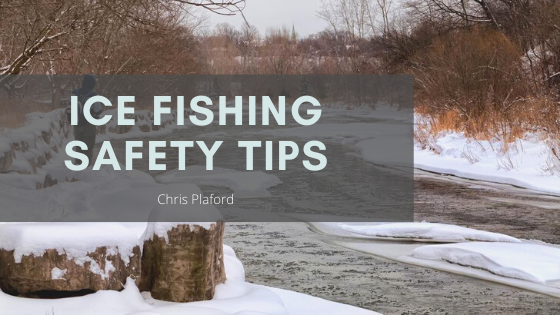Minnesota bills itself as the Land of 10,000 Lakes. It’s also well-known for its long and frigid winters. For residents of the North Star State, these two factors come together to create what has become an extremely popular sport — ice fishing.
The Minneapolis StarTribune reports that 700,000 people go ice fishing every year in Minnesota. That number is 600,000 in next-door Wisconsin. Unfortunately, an average of five Minnesotans dies every year in mishaps that involve falling through the ice and perishing in the icy water below. Not all of these are ice fishing related, but most are.
It points out the need to pay attention to ice safety. The first key is knowing when ice is thick enough to trek out across, whether walking or using a vehicle, such as a snowmobile, ATV, car, or light-to-medium-sized truck. Here are the ice thickness guidelines:
-
-
- 2-inch (thick) ice or less — stay off!
- 4-inch ice — Okay for on foot only
- 5-inch ice — Snowmobile or ATV
- 8- to 12-inch ice — Car or small pickup
- 12- to 15-inch ice — Medium truck
-
With this in mind, there are other factors to consider:
-
-
- New ice is safer than old ice. A fresh freeze of 4-inch thick ice will support a person on foot. But older ice later in winter of the same thickness may not. The integrity of ice changes as it ages and undergoes periods of thawing and refreezing.
- Remember that ice is rarely uniform in thickness. Ice can be a foot thick in one spot and just a few inches a short distance away. Observe the ice closely.
- Ice on flowing bodies of water — rivers as opposed to lakes — is not nearly as safe. Also, some lakes have areas where water channels flow underneath. Local authorities and resort owners will be able to tell you what places to avoid on lakes with areas of the underflow.
- Ice near the shore is always weaker than ice out in the middle of a lake.
- The sound of ice booming or cracking can sound frightening but is almost never an indicator of trouble. Ice shifts constantly throughout the winter. As long as the ice is thick enough for you or your vehicle, you should be safe.
-
